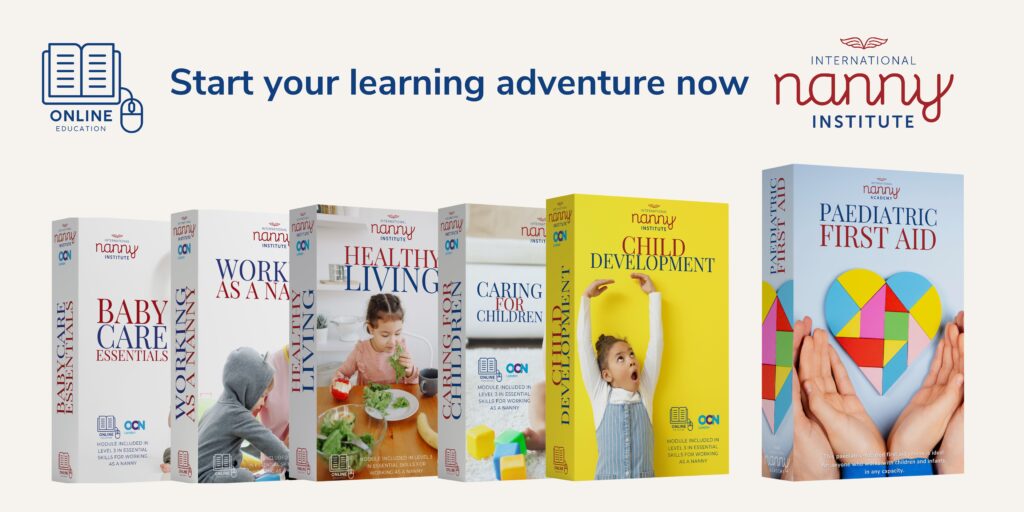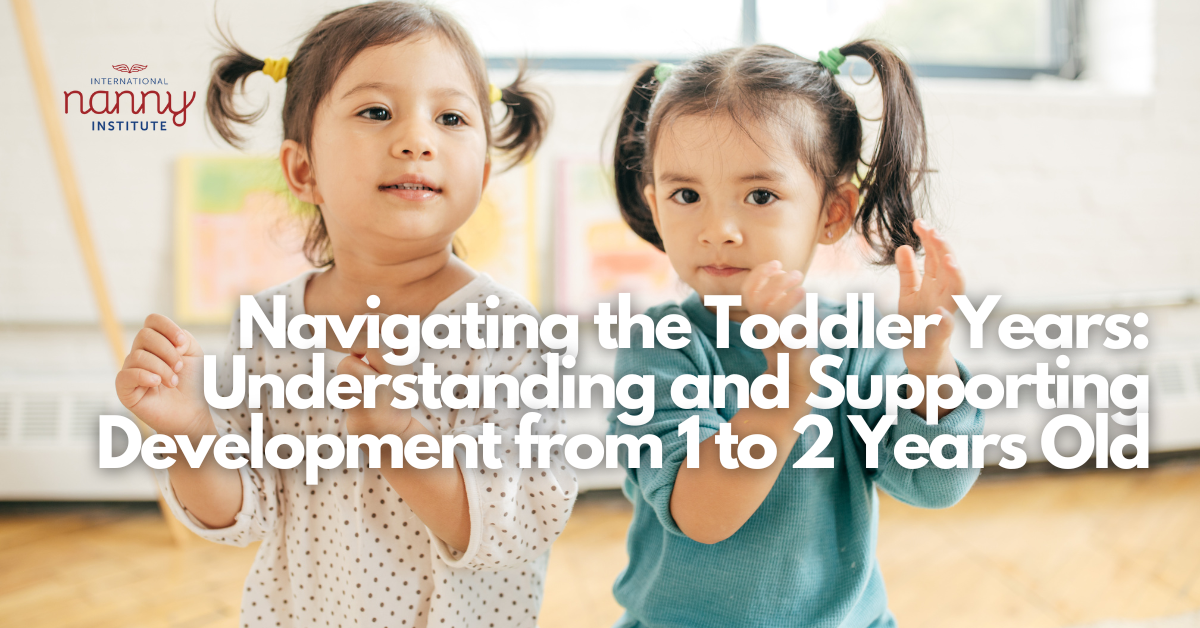Potty Training
Potty training is an essential milestone for children as they grow, and it can be challenging for parents and nannies alike. In this article, we will cover everything you need to know about potty training, from when to start, methods to try, and helpful tips to make the process as smooth as possible!
When to Start Potty Training
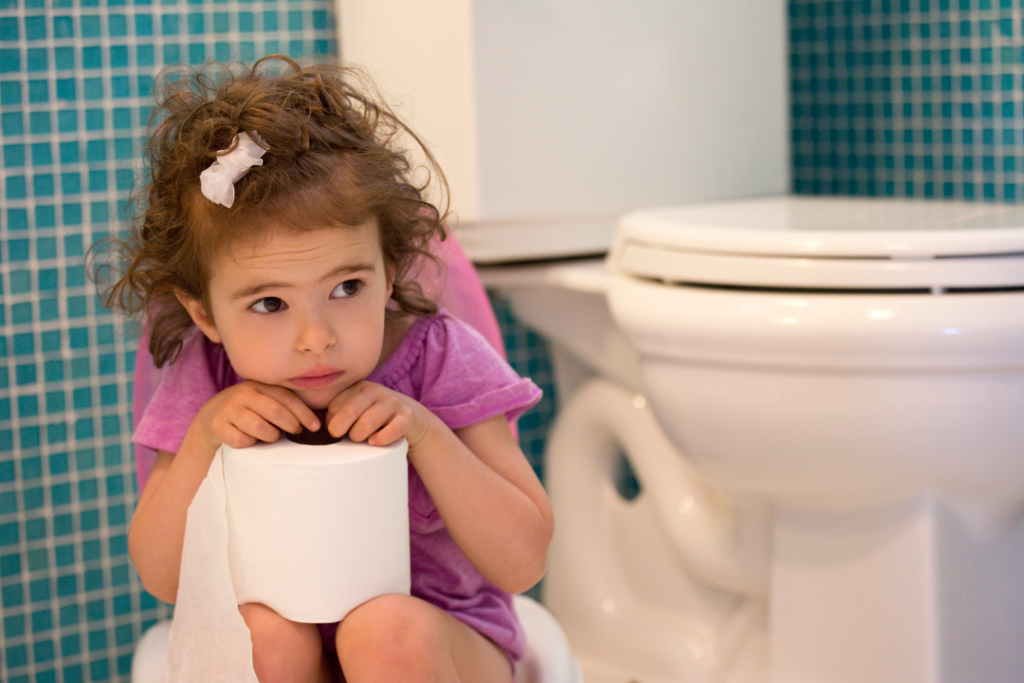
One of the most common questions new parents and nannies ask is: when should we start potty training? The truth is, there is no magic age at which all children should be potty-trained. However, children typically begin showing signs of readiness between 18 and 24 months, although some may be ready earlier or later.
Here are some signs that a child may be ready to start potty training:
- Able to follow simple instructions
- Demonstrates an interest in the toilet and what happens there
- Has regular bowel movements
- Can stay dry for a few hours at a time
- Shows discomfort in a dirty diaper
Of course, every child is different, and some may not display these signs until much later. Don’t worry if your child isn’t ready to start potty training just yet. You can always start the process when they show more readiness signs.
Potty Training Methods
When it comes to potty training, there are many methods you can try. Here are some of the most common ones:
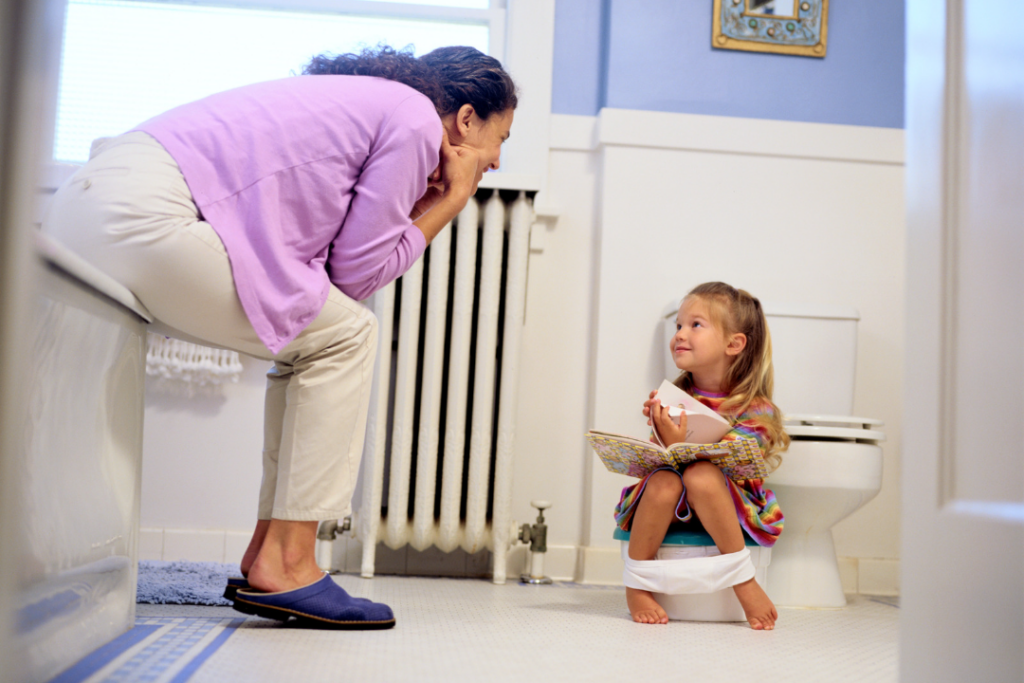
The Potty Chair Method
In this method, you start by introducing the child to the potty chair. Leave it in a visible and accessible spot so that the child can explore it, sit on it comfortably, and become familiar with its uses.
Once the child is comfortable sitting on the potty, encourage them to use it when they need to go. You can try putting them on the potty at regular intervals, such as every hour, and waiting until they do their business. Praise and reward them for using the potty.
Some children may take longer to get comfortable on the potty, so be patient and gentle with them. You can try reading books about using the potty or incorporating potty songs into your routine to make it more fun.
The Naked Method
With this method, the child goes without a diaper, pants, or shorts, so they can feel when they need to go. This can help them understand the sensations in their body and become more aware of when they need to use the potty.
When you start this method, stay close to the child and be ready to help them get to the potty quickly. You can also place a towel or waterproof mat on the floor to catch any accidents.
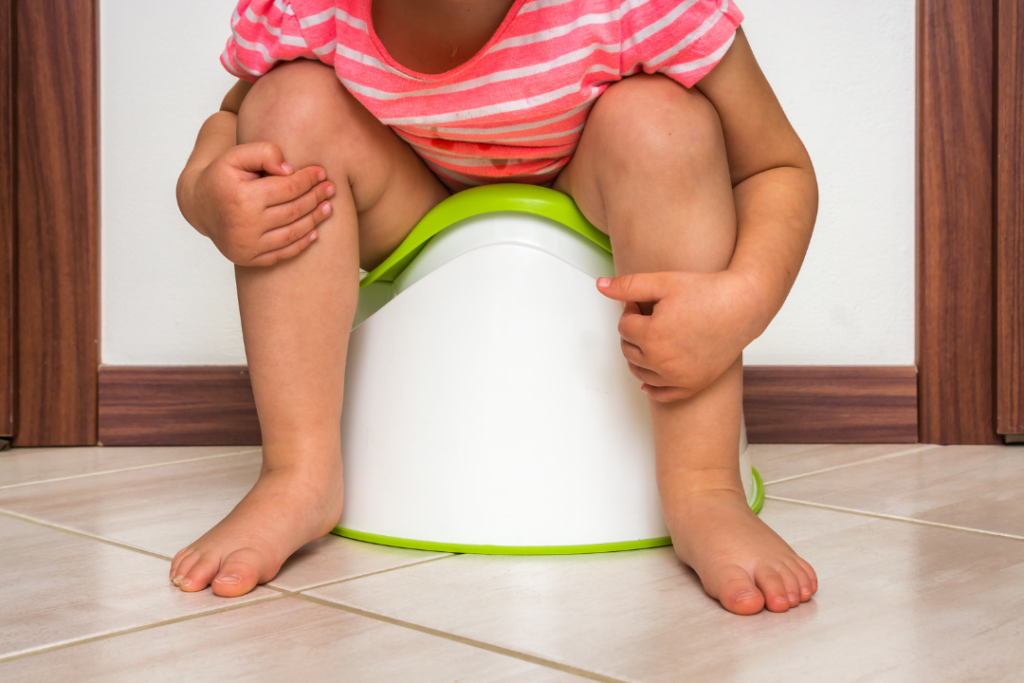
The Pants-Off Method
Similar to the Naked Method, this one involves your child going without pants or shorts but keeping their shirt on. This can help your child realise when they need to use the potty and give them some independence in getting themselves to the bathroom.
Again, be prepared for accidents and keep a close eye on the child, offering rewards and encouragement when they use the potty.
Tips for Successful Potty Training
Regardless of the method you choose, there are some general tips to keep in mind that can help make the potty training process more successful.
Avoid Punishment
When the child has an accident, it’s essential to stay calm and avoid punishment. Punishment or shaming can make a child feel anxious or ashamed and could slow down the potty training process.
Instead, offer encouragement and praise when the child uses the potty successfully or makes progress towards this goal. Positive reinforcement, such as stickers or treats, can be helpful in motivating a child to use the potty.
Stay Consistent
Consistency is key when it comes to potty training. Make sure that everyone who takes care of a child, including the parents, the nanny and any relatives or friends, knows and follows the same routine.
Consistency also means sticking with the same method for at least a few weeks before deciding if it’s working or not. Switching methods too frequently can confuse your child and make the process more challenging.
Make it Fun
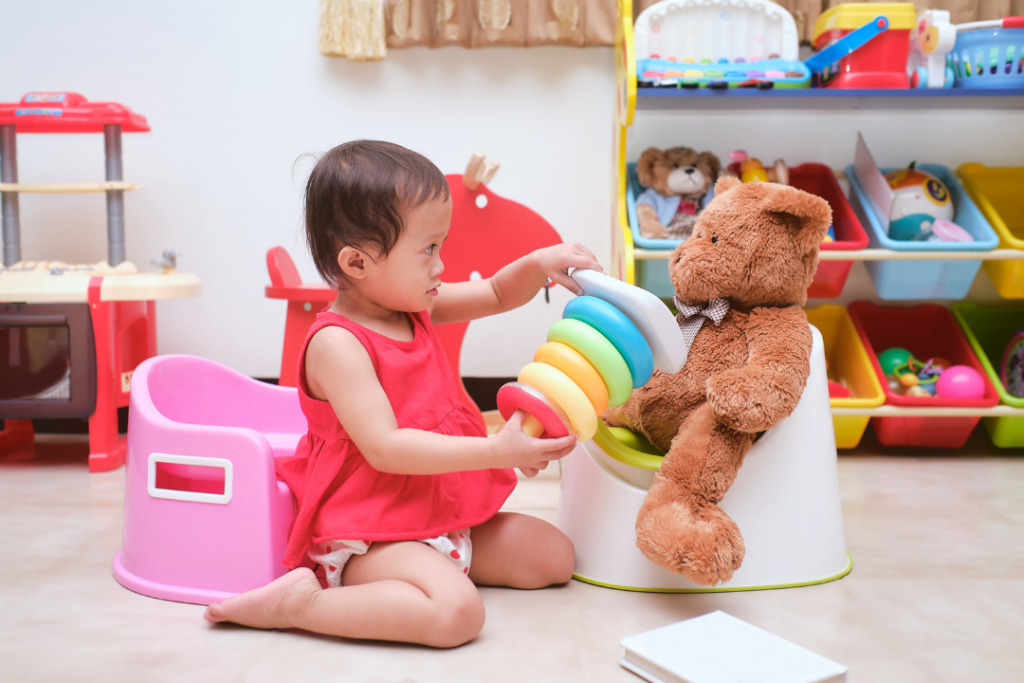
Potty training doesn’t have to be boring or stressful. You can make it a fun and positive experience by incorporating games, songs, or books about using the bathroom. Some children may respond positively to choosing their own underwear or potty seat, so give them some control over the process.
Be Prepared
Accidents can and will happen, so keep plenty of spare underwear, pants, and wipes on hand. You may also want to invest in a potty seat for your car or portable potty for when you’re out and about.
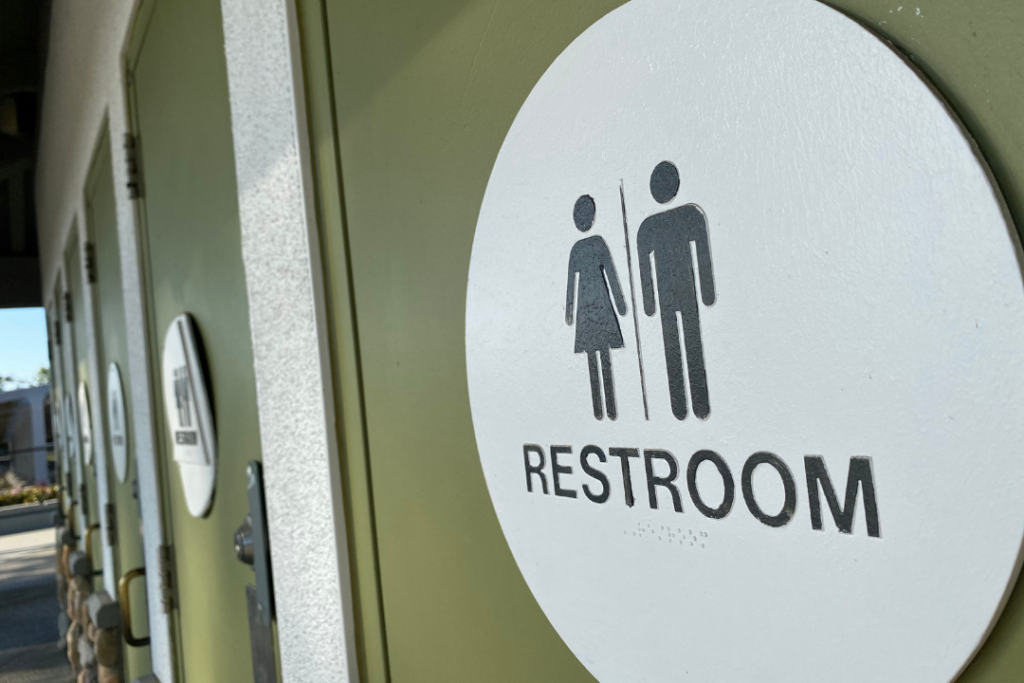
Final Thoughts
Potty training can be challenging, but it’s also an essential part of a child’s development. Understanding the signs of readiness, choosing a method that works for the family, and staying consistent can help make the process smoother. Remember to be patient, avoid punishment, stay positive, and have plenty of spare clothes!
To find out more about child development and the potty training stage, you could look into our Mastering Potty Training course where you can learn all the skills, tips and techniques to prepare any child for their potty training journey!
